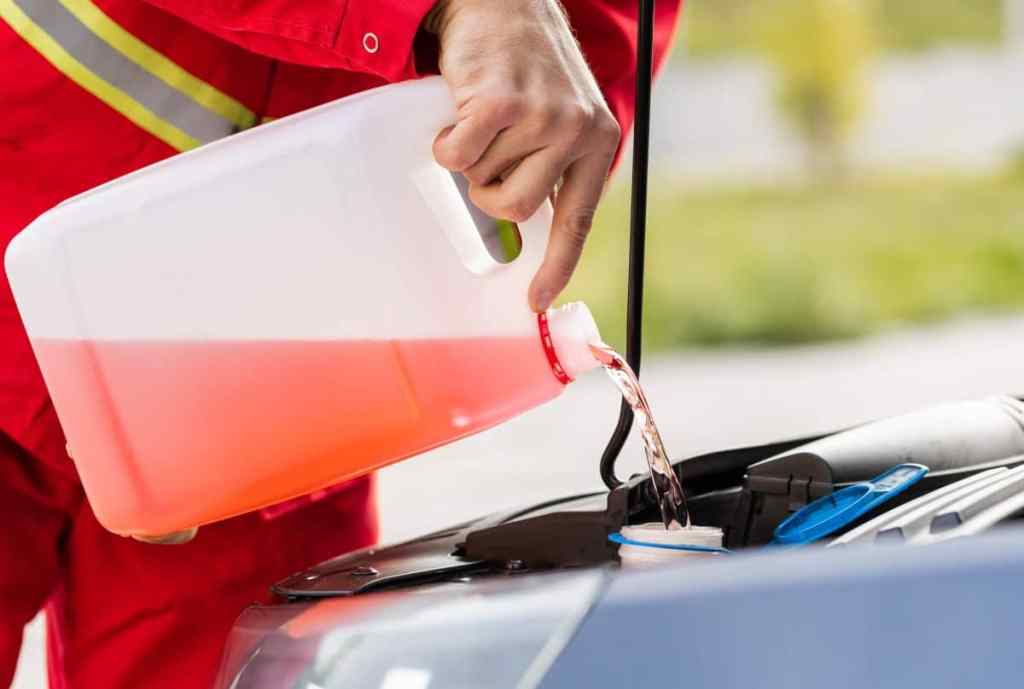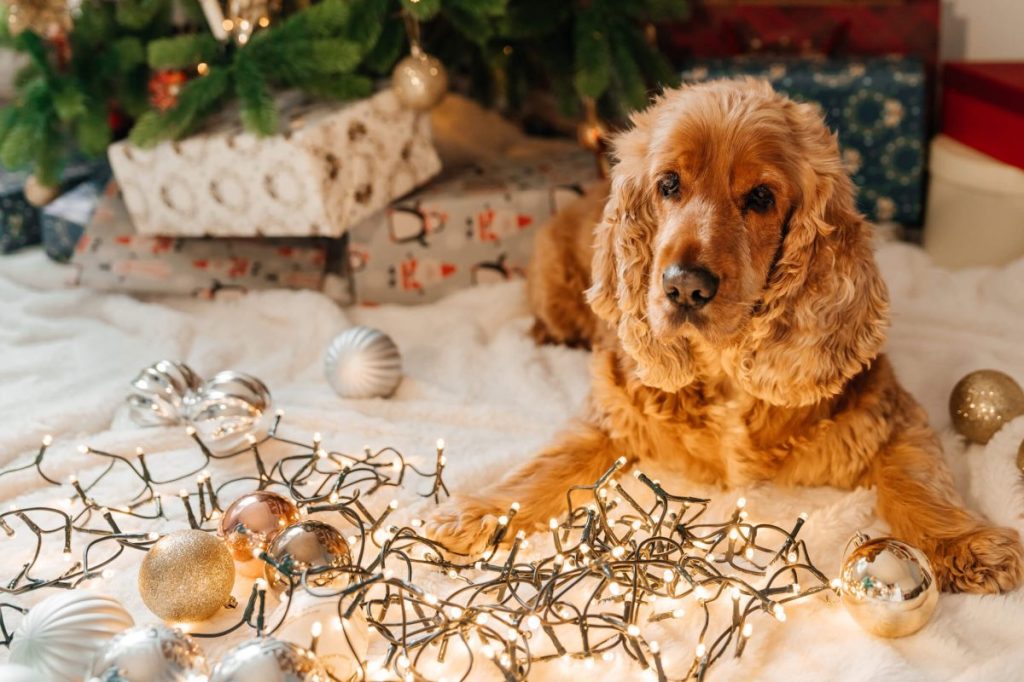Winter can be a tricky time for our furry friends. As dog parents, it’s our job to keep an eye out and protect them from seasonal dangers. In the Northern Hemisphere, winter officially runs from December 21 to March 19. While every season comes with its own risks, the colder months present hazards that can be especially harmful — or even deadly. Here are seven winter dangers every dog parent needs to be aware of to keep their pup safe and healthy.
Holiday food

The holidays are a fun time to get together with friends and family and enjoy a meal, but that meal can be fatal to your dog. There are some common foods around the holidays that are toxic or dangerous for pups.
- Anything high in salt content can cause a dog to drink too much water and suffer from bloat.
- Raisins and grapes can cause renal failure.
- Baked goods, sweets, and peanut butter can contain xylitol, which is toxic to dogs.
- Chocolate and alcohol are also potentially deadly for dogs to ingest.
- Leftover bones from food can splinter and harm your dogs’ insides or get stuck in their throats.
Leave the human feast to the human guests and prepare something special and safe for your pup instead.
Antifreeze

It’s the time of year for people to start using antifreeze in cars. However, people can be careless and spill it or leave it open where a dog can get it. It can also leak from car radiators onto the ground.
Antifreeze is sweet, and dogs will often lick it up. It can also get stuck on their paws which they may lick later once they’re inside. Thus, it’s always important to wipe your pup’s feet when you come home from a walk.
There is a substance in antifreeze called ethylene glycol that is extremely toxic. Less than three ounces is enough to kill a medium-sized dog.
Symptoms of antifreeze poisoning range from drunken-like behavior to coma and death. If your dog has ingested antifreeze, call your vet or the ASPCA poison control hotline. You may be instructed to induce vomiting in your dog, so be prepared.
Rock salt
As a de-icer, rock salt is pretty commonly used in winter. It can be extremely harmful to your dog’s paw pads, but it’s even worse if it’s ingested. In large quantities it can be fatal, and it doesn’t take much for a dog to ingest a large amount of rock salt.
For example, if your dog drinks from a puddle that has melted due to the salt, chances are good that they’ve had too much, especially if they’re a small dog.
Since the salt tastes good, a dog might keep eating it in unsafe quantities. Rock salt also has a nasty habit of hiding in the snow that gets stuck to your dog’s fur on walks, which they may lick later when they get inside.
Always wipe down your pup after a walk and knock any large chunks of snow loose from their coat. The salt can cause extreme dehydration and affect the pancreas, liver, kidneys, and stomach lining.
If your dog ingests a lot of salt, head to the vet immediately. Salt poisoning can absolutely be fatal.
Hypothermia

Your dog may have fun playing in the snow, but it’s important to limit outdoor activities in winter, especially with breeds that are particularly susceptible to the cold weather.
Hypothermia can occur when a dog is exposed to the cold for too long. It tends to set in for small dogs and older dogs more quickly. Shivering can be a sign of mild hypothermia, which can usually be treated by simply bringing your dog inside and warming them with blankets.
When severe hypothermia occurs, your dog will no longer be able to regulate their body temperature on their own. This is fatal if untreated, so see your vet immediately.
The best thing to do is prevent hypothermia from happening in the first place. Don’t let your dog out and just assume they will come in on their own when they’re too cold. Pay attention to how long your pup is outside and limit the amount of time they are allowed to play in the snow.
Decorations and candles

Winter holidays bring all sorts of decorations. Some of them look and smell a bit like food to your dog, which is a problem.
Tinsel can cause intestinal blockages. Other decorations have hooks or can break and wreak havoc on your dog’s gut, and some can pose a deadly choking hazard. As such, keep the decorations out of reach of your dog.
Moreover, holiday candles are pretty easy for a tail to knock over, and a fire hazard is dangerous for everyone, not just your pup. Place candles up high and put them on sturdy objects that won’t get bumped, and never leave a candle lit when you’re not home.
Cars on icy roads
You’re probably responsible when walking your dog. You stop at the crosswalks and make sure you have the right of way when you cross the street. However, if the road is icy, there’s a chance that a car won’t be able to stop even if there is a stop sign or red light. Also, brakes can lock up in the winter, preventing cars from stopping in time.
During the cold season, it’s especially important to stay alert and ensure that cars come to a complete stop when you’re walking your dog.
Also, if you have a yard, make sure the fence is secure and your dog can’t roam the neighborhood. Getting hit by a car is a danger any time of the year, but it’s even harder for cars to stop in winter.
Dangers hidden in the snow

When snow covers the ground, it can hide all kinds of dangers. It’s not just objects that your dog can choke on, it’s also trash or food that can contain bacteria or dog waste that carries disease or parasites.
Worms, giardia, and parvo are all spread through dog poop, and they can be deadly. Usually you can avoid waste from other dogs when you’re out walking, but it’s much harder to spot when the snow covers it.
If your dog is digging in the snow or spending a lot of time sniffing one spot, keep an eye out and watch for what they’re so interested in.
Also, if your dog steps in waste and licks their paws later, they could catch a disease or parasite. Clean your dog’s paws after every walk.
Dogs get cold too
Winter is a beautiful season, but it requires extra vigilance to keep our canine companions safe. By being aware of these potential dangers and taking preventive measures, you can ensure that your dog enjoys the colder months as much as you do. Remember, when in doubt, always consult your veterinarian to address any concerns about your pet’s health and well-being.









